You’ve probably noticed a lot of weird weather in 2021.
From record flooding and tropical storms to drought-ravaged landscapes that erupted in wildfires, the nation seemed to be reeling from one weather-related disaster to the next.
You are forgiven if you dismiss these events as unrelated, albeit unfortunate, phenomena. But in reality they share a common bond: they are all part of a new climatic reality in which large rainfall events and prolonged droughts have become the norm.
Blame global warming.
Rising temperatures don’t just make the planet warmer. They have also thrown long-standing precipitation patterns out of balance by altering the amount of water that circulates between the land and the sky.
Yes, there have always been erratic weather patterns, but now the heaviest downpours and droughts are becoming more extreme, USA TODAY revealed in its recent year-long project, Downpour.
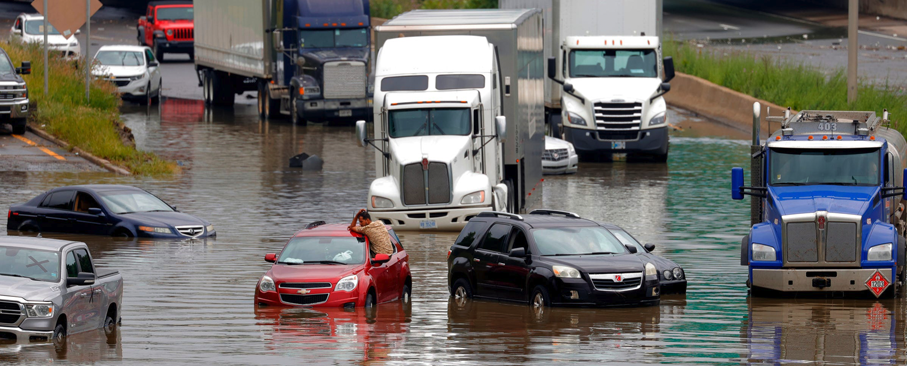
That trend began almost imperceptibly at the end of the 20th century, when the accumulation of greenhouse gases that warm the earth reached critical levels in the atmosphere.
Now, decades later, those changes are nearly impossible to ignore.
East of the Rocky Mountains, more rain falls and comes in heavier gusts. In the West, people wait longer to see rain.
“They’re all interconnected with the impact that climate change is having on these persistent weather extremes,” said Michael Mann, a climatologist at Pennsylvania State University and author of the book “The New Climate War.”
“It’s not a contradiction to have major floods, record floods, and record heat waves and droughts at the same time.”
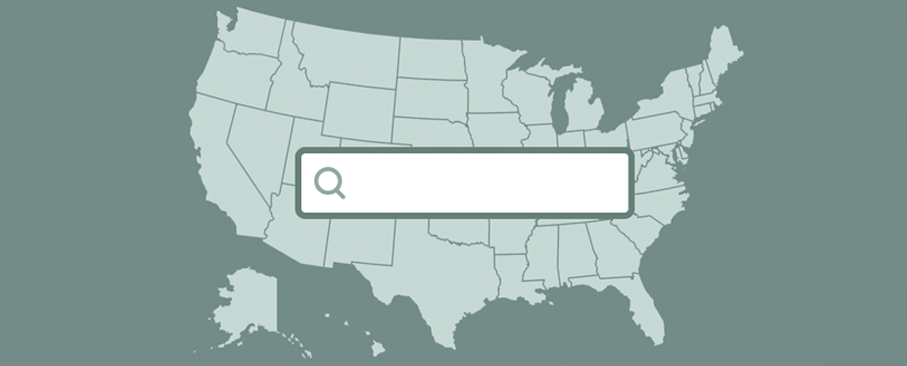
Most Americans have experienced firsthand the impacts of these changes in precipitation patterns.
Take this past summer alone. In just over a week in June:
– A deluge dropped 7 inches of rain in Detroit, flooding roads and stranding motorists.
– At least 136 daily rain records were set during storms in five states along the Mississippi River.
– Tropical Storm Claudette drenched a swath of the South, inundating homes in Louisiana and Alabama, where it dropped up to 8 inches of rain and claimed 14 lives.
– Meanwhile, the drought-stricken West grappled with soaring temperatures that broke century-old records, prompted heat warnings and ultimately killed more than 200 people.
A dozen states, including Iowa, Ohio and Rhode Island, saw five of their 10 wettest years on record in the last two decades.
Michigan has experienced six since 2008 alone.
At the opposite extreme, eight states, including five in the West, had at least three record drought years in the same time period. That’s double what would be expected based on historical patterns.
Do you want to see what is happening near you? Here is our search database.
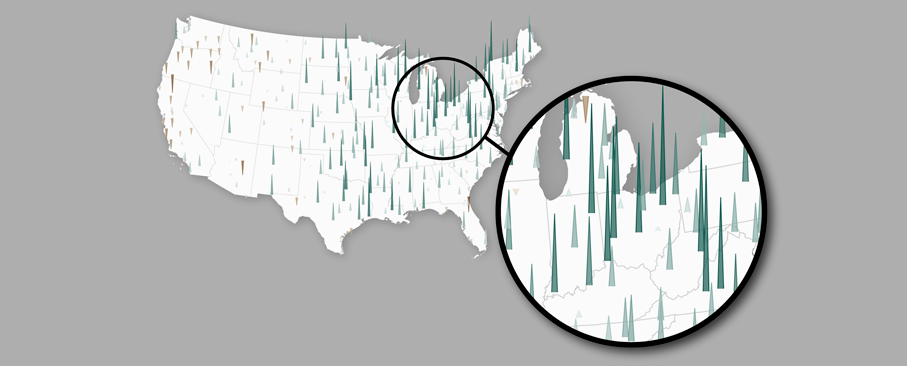
Some climate scientists said greenhouse gases like carbon dioxide and methane are to blame.
These gases trap heat and cause the Earth to heat up. This warming raises temperatures, of course. But it also speeds up evaporation and draws more moisture into the air. More humidity means more water than can fall as rain and snow.
At the same time, some scientists say rising temperatures have altered the summer movement of the jet stream that carries moisture across the country. Weather systems that used to rush now stall more often, dumping more rain in one place.
The combination of a wetter atmosphere and a slower jet stream has been blamed for driving the intensity of many of the storms that flooded dozens of communities and killed more than 100 people in 2021.
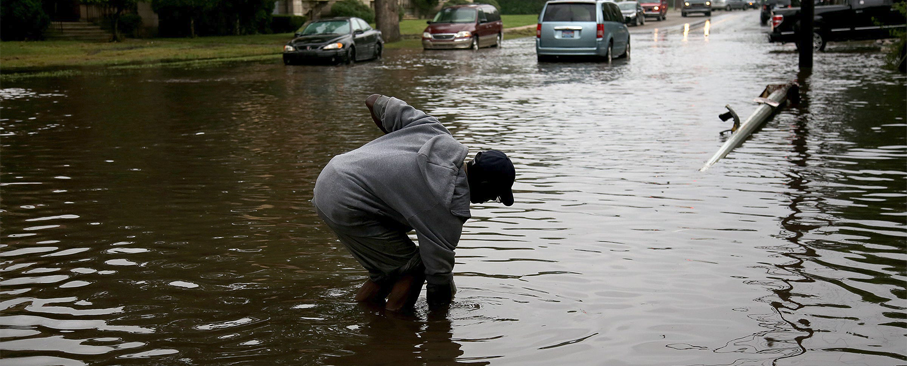
As states rack up records for rainfall, floods, droughts and wildfires, it’s clear that our country was built for the weather of the past.
Roads, bridges, sewage systems, and entire communities that seemed safe from fire and flood decades ago now fall within one or both of the danger zones.
Take any of the nearly 730 US communities with a so-called “combined sewage overflow” system.
These antiquated networks of underground pipes combine rainwater, meltwater, and toilet waste in the same system. Under normal conditions, the water is treated before it is discharged.
But during heavy rains, the systems can’t handle the excess water. And, by design, they dump everything, including untreated waste, into rivers, lakes, and even into people’s homes.
In all, they dumped 850 billion gallons of raw sewage into open water in 2004 alone, the last time the federal government estimated it.
But now global warming is producing more intense and frequent storms in the same regions of the country with these systems: the Midwest, Mid-Atlantic and Northeast. Even communities that have improved their sewers cannot handle some of these deluges.
Detroit, for example, has already spent $1.4 billion to fix its combined sewer system. But the city dumped nearly 5 billion gallons of sewage-tainted water during the last week of June as devastating storms hit Michigan.
“This country’s infrastructure was built for 20th-century weather,” Detroit Mayor Mike Duggan said shortly afterward. “It was not built for what we have today.”
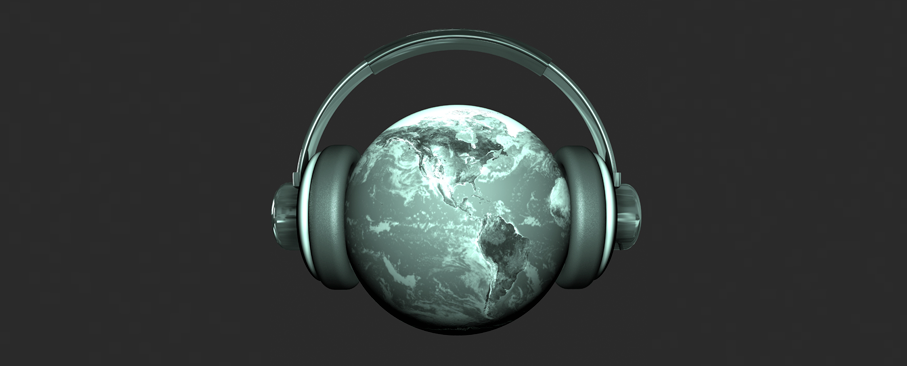
To help explain the impact of changes in precipitation, USA TODAY turned to Full Sail University in Winter Park, Florida. Music and recording school teachers agreed to compose original music for several states based on more than a century of precipitation data.
Michigan, which has experienced six of its wettest years on record since 2008, is among the states for which faculty members composed music.
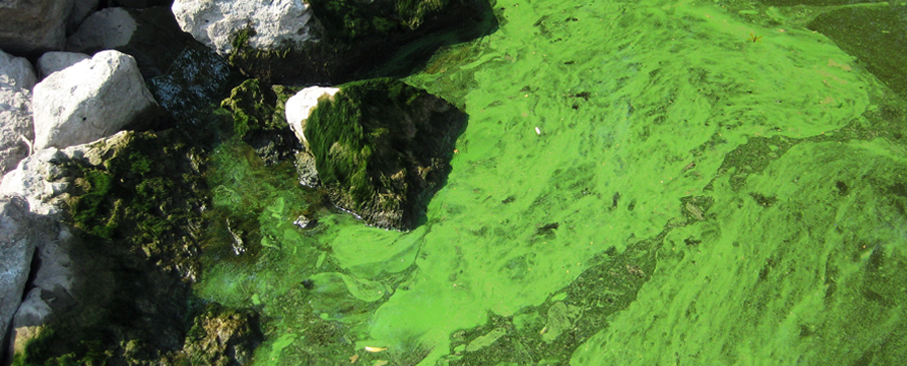
Large-scale rainfall events fueled by climate change wreaked havoc last year in communities like Detroit, New York City and Waverly, Tennessee.
But deep in rural America, these deluges exacerbate a more insidious problem with even greater reach.
Rain that falls on fertilized farmland can wash excess crop nutrients into rivers, lakes and oceans, where it stimulates the growth of algae that absorb oxygen and choke life. It is the phenomenon responsible for the proliferation of toxic algae and the enormous dead zone that grows in the Gulf of Mexico.
And the problem is only getting worse with climate change.
An exclusive data analysis by USA TODAY and the Midwest Center for Investigative Reporting found that the types of extreme rainfall events becoming more common due to global warming cause three times more fertilizer runoff than other rainfall events and contribute to that a large part of them reach the waterways. .
The findings mirror a larger study by researchers at the University of Iowa that found that heavy rains in the Mississippi River basin also contributed to a third of the nitrogen that was dumped into the Gulf of Mexico.
Among the most striking consequences of fertilizer runoff, the Gulf Dead Zone stretches along the Louisiana and Texas coasts and has rendered some 6,330 square miles of water uninhabitable, according to recent measurements from the National Oceanic and Atmospheric Administration.
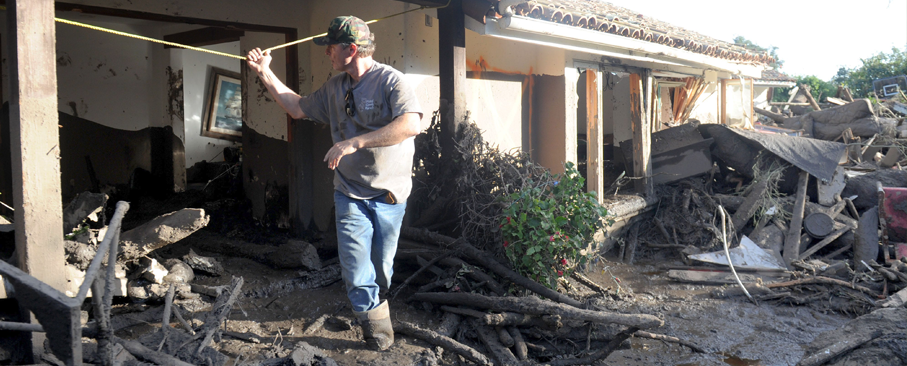
Meanwhile, decades of rising temperatures and more intense wildfires have turned parts of the western United States into a nearly impermeable landscape where even a downpour can trigger deadly post-fire debris flows, commonly called landslides.
These once infrequent events now threaten an area nearly twice the size of the entire state of Connecticut. Some 6.5 million acres in Arizona, California, Colorado, Nevada, New Mexico, Idaho, Utah, Oregon and Washington are in danger. That’s double the size of the risk from just three years ago.
In the past four years alone, rapid flows damaged and destroyed hundreds of homes, closed major transportation routes in at least three states, and caused more than $550 million in property damage. About 170 people have been injured and 28 people have died since 2018.
For years, local, state, and federal officials have invested in more pressing threats, like the wildfires that set the stage for these debris flows. Now, possibly hundreds of thousands of Americans face a risk they don’t even realize. And by the time they find out, it may be too late.
“Everyone told me there was no way anyone knew this was going to happen,” said Colorado Brown, who lost four members of his family in the debris flow that hit Poudre Canyon, Colorado, in July.
“I just really wish there was a better way to see these things coming.”
feeds.feedblitz.com
George is Digismak’s reported cum editor with 13 years of experience in Journalism